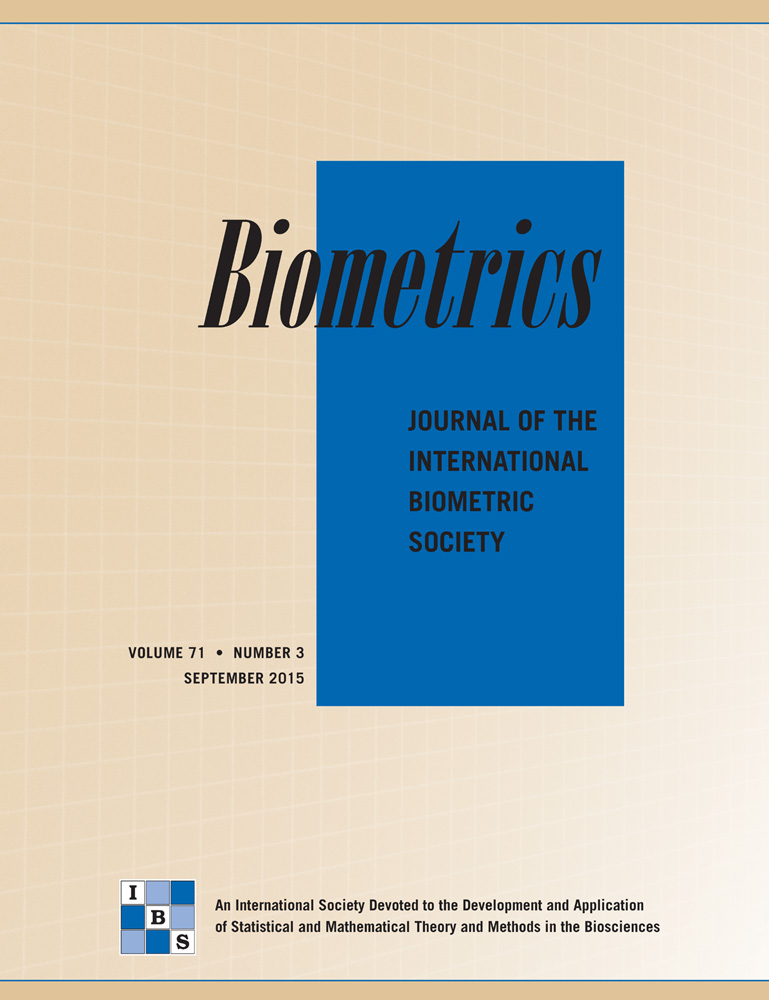Estimation of covariate-specific time-dependent ROC curves in the presence of missing biomarkers
Summary
Covariate-specific time-dependent ROC curves are often used to evaluate the diagnostic accuracy of a biomarker with time-to-event outcomes, when certain covariates have an impact on the test accuracy. In many medical studies, measurements of biomarkers are subject to missingness due to high cost or limitation of technology. This article considers estimation of covariate-specific time-dependent ROC curves in the presence of missing biomarkers. To incorporate the covariate effect, we assume a proportional hazards model for the failure time given the biomarker and the covariates, and a semiparametric location model for the biomarker given the covariates. In the presence of missing biomarkers, we propose a simple weighted estimator for the ROC curves where the weights are inversely proportional to the selection probability. We also propose an augmented weighted estimator which utilizes information from the subjects with missing biomarkers. The augmented weighted estimator enjoys the double-robustness property in the sense that the estimator remains consistent if either the missing data process or the conditional distribution of the missing data given the observed data is correctly specified. We derive the large sample properties of the proposed estimators and evaluate their finite sample performance using numerical studies. The proposed approaches are illustrated using the US Alzheimer's Disease Neuroimaging Initiative (ADNI) dataset.




